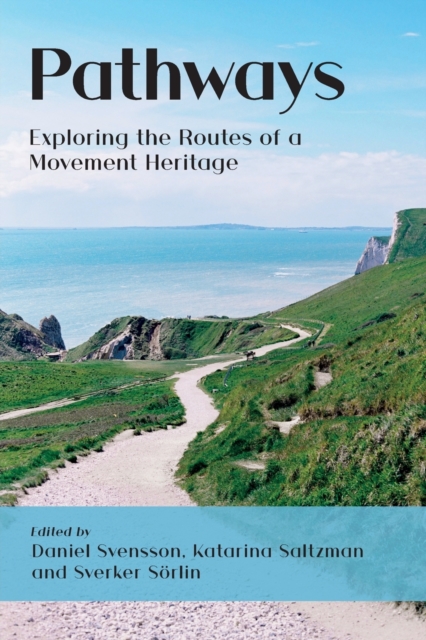
Pathways : Exploring the Routes of a Movement Heritage Paperback / softback
Edited by Daniel Svensson, Katarina Saltzman, Sverker Sorlin
Paperback / softback
Description
PATHWAYS TO THE PAST, AND THE FUTURETrails and paths are pathways to the past - and serve as a physical and cultural infrastructure of human memory.
While they lead the way forward for anyone out walking, they also point backwards, towards history.
Walking has been a common denominator for human life everywhere, at all times.
While other forms of mobility have grown in importance and changed our societies in dramatic ways, most of us still depend on walking in our daily life.
The massive number of human steps throughout history has created a rich and widespread network of trails that cross the globe and connect places.
It has also resulted in a vast immaterial heritage through literature, art and music about walking.
Paths and trails accommodate both the material and the immaterial, and challenge not only conventional heritage management but also the very essence of the nature/culture divide. In the Anthropocene, traces of people's movements can be regarded as a distinct kind of cultural heritage, a 'movement heritage' that is dependent on continuous use or memory work to remain.
It also points to historical and current forms of land use that is sustainable in the most basic meaning of the word, i.e. that these activities can be and de facto has been practiced over long periods of time without causing large- scale environmental degradation.
Few other forms of human mobility can make similar claims. The volume formulates an expansion of the landscape heritage through one of its most defining practices, movement by foot.
This heritage is physical in the shape of paths, trails and effects on vegetation, but it is also a local memory landscape or life world with great significance, and it is increasingly digital as it appears in computer games and mobile images.
It engages in dialogue around several cases in different regions that show how trails and paths can be, and have been, a resource in and for the heritage sector and for sustainable landscape management.
It analyses how this movement heritage is articulated, and what type of historical, literary, and mediated accounts that are used in the process. Chapters deal with narrative aspects of walking and trails, through literature, sound and art, often way beyond the beaten track; focus on digital walking, in computer games and walking simulators; zoom in on walking and trails as heritage and as tools for sustainable development; and demonstrate how paths are also part of an endless co-creation of heritage, as we go.
Information
-
Available to Order - This title is available to order, with delivery expected within 2 weeks
- Format:Paperback / softback
- Pages:300 pages
- Publisher:White Horse Press
- Publication Date:28/07/2022
- Category:
- ISBN:9781912186556
Information
-
Available to Order - This title is available to order, with delivery expected within 2 weeks
- Format:Paperback / softback
- Pages:300 pages
- Publisher:White Horse Press
- Publication Date:28/07/2022
- Category:
- ISBN:9781912186556






